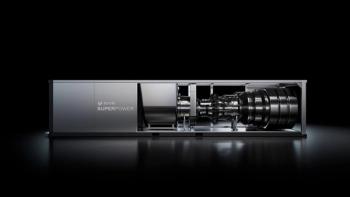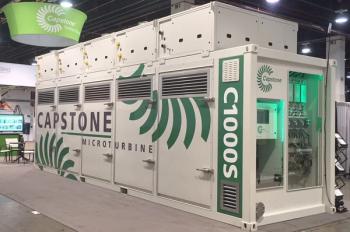
How to prevent seal face pressure reversals
Compressor operating pressures and flare header pressures can and will vary from the values specified on the seal data sheets.
Using one of the following methods will ensure that a seal face pressure reversal, which can fail the seal, will not occur:
- A dedicated differential pressure control valve for each seal with a signal select device that will reference the higher value of seal gas reference pressure or primary vent pressure upstream of the primary vent orifice.
- One differential pressure control valve supplying seal gas to each seal in the compressor that senses pressure in the primary vent header downstream of the orifices and set a sufficient high differential pressure (3-4 barg) to ensure that supplied seal gas pressure will always be greater than the maximum flare header pressure. (This alternative is used for large flow compressors where the excessive seal gas flow entering the compressor is still a small percentage of the total compressor flow.)
The best practice is to design the seal gas supply system so that the seal gas will always be maintained at a higher than reference gas or flare pressure, to prevent seal face pressure reversals.
The majority of dry gas seal failures occur in low suction pressure services, where the flare header pressure can exceed the seal gas supply pressure. This situation will cause a seal face pressure reversal, which will force the seal faces together and fail the seal.
In 2006, FAI was involved in the root cause analysis of a large number of dry gas seal failures in low pressure services. In the majority of cases, the failure of the seal system to respond to a larger than expected primary vent flare header pressure was determined to be the root cause of the seal failures.
This best practice has been used since 2006 for new projects, and during dry gas seal field audits to ensure that a seal face pressure reversal does not occur. At the present time (2010) all projects and field modifications using this best practice have not encountered a seal failure (MTBFs greater than 48 months and counting).
Excessive lube oil carryover
All dry gas seals are provided with a separation seal system to prevent oil from entering into the seal chamber. However, the following issues can arise, which allow lube oil carryover into the secondary (outer) seal port:
- Buffer gas (nitrogen or air) supply upsets
- Control valve malfunction
- Carbon ring floating seal hang-up
- Carbon ring floating seal wear
- Bearing housing oil drain system blockage
It is important to ensure that the low point drain area in a secondary vent is monitored and drained for lube oil carryover to prevent a secondary (outer) seal failure due to oil contamination.
The majority of dry gas seal separation systems do not positively prevent carryover of oil into the seal chamber. Failure to monitor and drain the secondary (outer) seal chamber can result in sudden secondary seal failure and expose the plant to a gas release.
In 2008, a client had a catastrophic secondary seal failure resulting in a plant gas release. During seal changeout it was discovered that the secondary vent had been totally filled with lube oil up to the top (10 meters + high).
This best practice has been used since the late 1990s when an outer seal failure was caused by excessive lube oil carryover without being monitored. SInce that time, we have always recommended that secondary seal vent chambers be checked periodically for oil carryover, and that a permanent means of monitoring be installed (automatic seal oil drainers -- the type used as sour oil drain traps in all oil systems). This best practice has produced dry gas seal MTBFs in excess of 100 months.
Newsletter
Power your knowledge with the latest in turbine technology, engineering advances, and energy solutions—subscribe to Turbomachinery International today.





